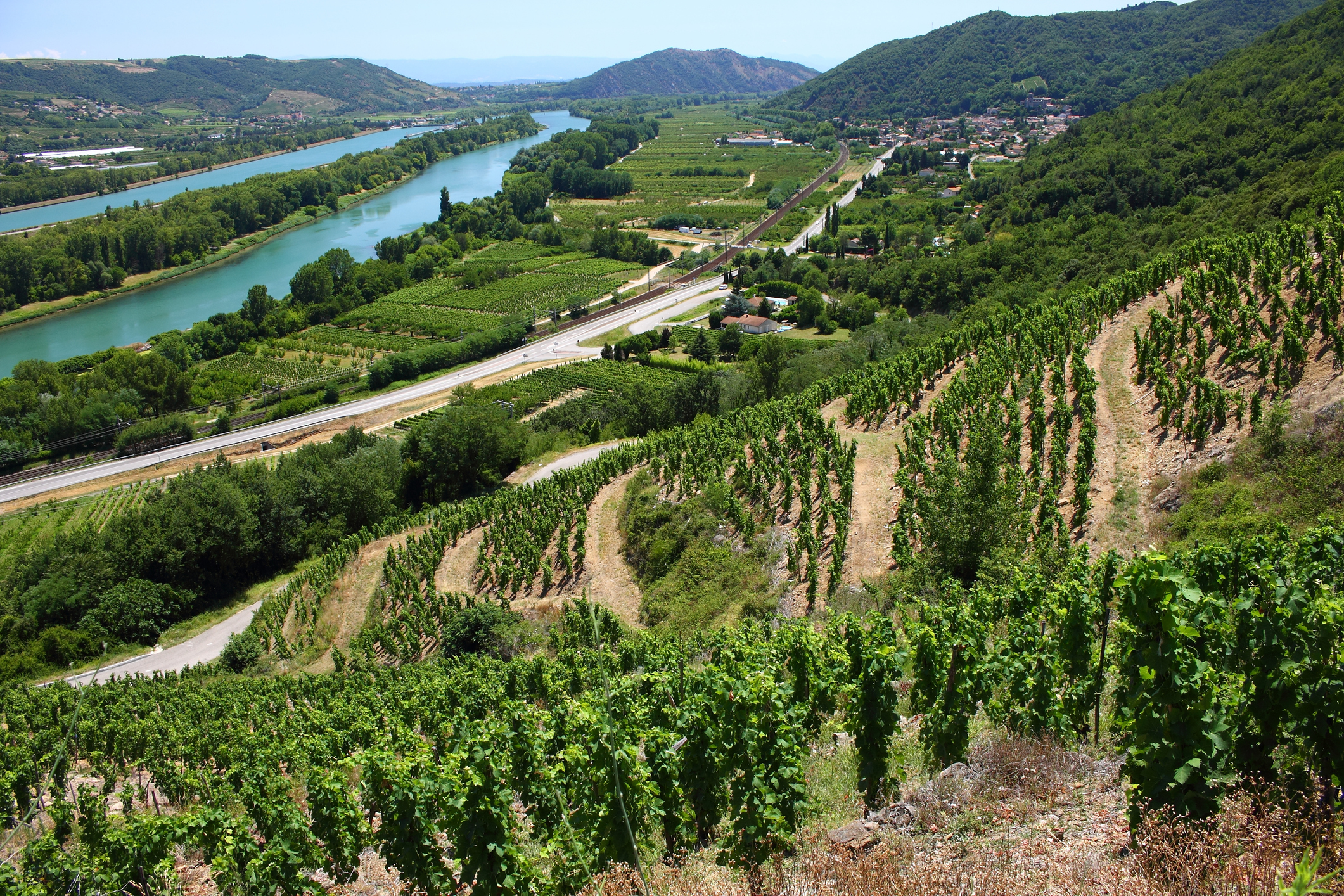Bordeaux once again led the secondary market last week, taking a 30.0% share of traded value, though that’s down from 37.1% last week. The 2022s continue to set the pace for the region, with healthy demand also for the 2021 and 2016 vintages.
Burgundy followed in second place with an 18.9% share, driven by strong activity in Domaine de la Romanée-Conti assortment cases, while Domaine Leflaive and Domaine Leroy also featured prominently.
The US had a strong showing in third place at 14.0% of traded value, with Screaming Eagle dominating the region’s activity. Tuscany and Piedmont combined for 14.3%, led by Ornellaia, Masseto, and Sassicaia, with Roagna representing Piedmont.
Champagne captured 11.7% of the market, powered by Cristal 2015, 2008, and 2014, while Spain’s 4.5% share was almost entirely down to Vega Sicilia, particularly the flagship Unico 2015 and Alion 2019.
On the buyer front, UK activity was strongest, helped by August’s traditionally quiet European trade. Asian buyers took 19.3% of value, with a balanced spread across DRC, Lafite, and Screaming Eagle.
US buyers remained cautious despite tariffs settling at 15%, focusing most of their trades in Burgundy (27.3%), Bordeaux (16.0%), and Tuscany (15.6%).
As for the week’s top wines, Vega Sicilia Unico 2015 took the crown, changing hands in good volumes. Cristal 2015 was next, with demand now matching that seen for the 2013.
Screaming Eagle’s Oakville Cabernet Sauvignon vintages 2020, 2017, and 2019 were the 3rd, 5th & 6th top traded wines.
Phylloxera Detected in the Canary Islands for the First Time
The Canary Islands have recorded their first-ever cases of phylloxera, with confirmed outbreaks in two separate locations on Tenerife. The discovery has stunned the archipelago’s wine community, where producers have long prized their rare heritage of ungrafted old vines – many planted centuries ago.
An emergency meeting was held in Tenerife on 8 August to coordinate a rapid response, including isolating the affected sites, preventing further spread, and urging all growers to monitor their vineyards closely. Until now, the Canaries were one of the few winegrowing regions in the world untouched by the pest – an insect that feeds on vine roots and leaves, causing fatal damage to vitis vinifera plants. There is no known cure, chemical control, or effective mitigation once phylloxera takes hold.
The only long-term defence is to graft vitis vinifera vines onto American rootstocks, which developed natural resistance to the pest. This practice is compulsory in most wine regions globally but is rare in the Canaries, where most vines are planted on their own roots, leaving them highly vulnerable.
Local producers believe the outbreak originated when a resident planted infected vines in their garden, from which the pest spread to an abandoned vineyard in Valle de Guerra, confirmed on the 1st of August. A second suspected case emerged last week in La Matanza de Acentejo, also in northern Tenerife. The situation is now being closely monitored, with containment efforts underway to protect one of the world’s most distinctive viticultural heritages.








